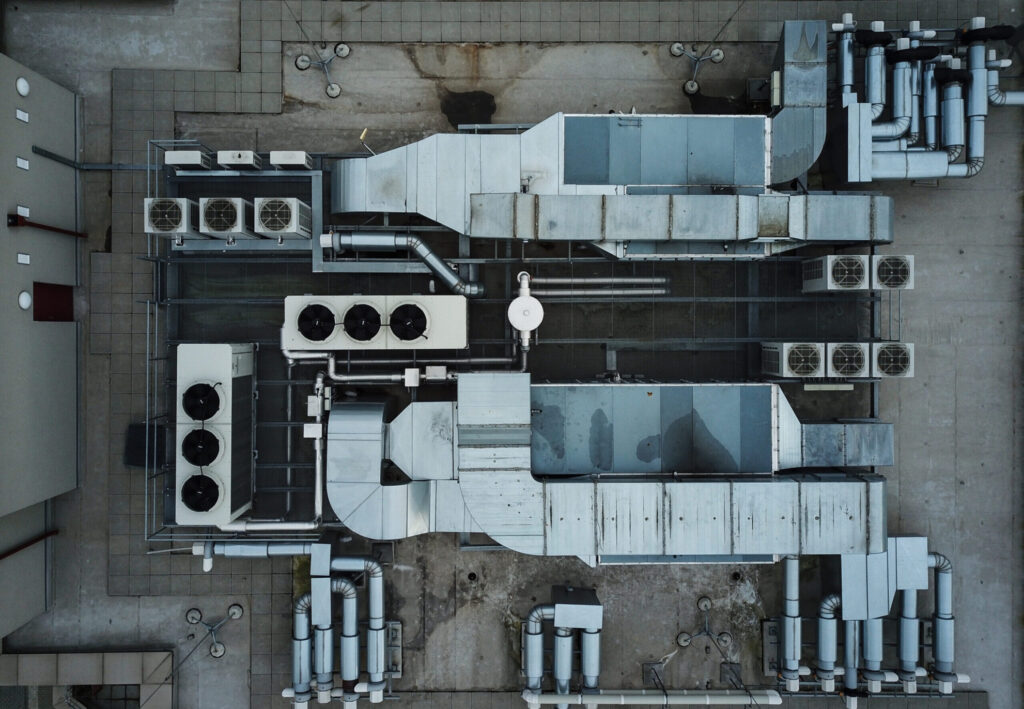
As temperatures soar worldwide, vulnerable populations living in areas at the risk of facing the direct consequences of a warming planet continue to battle high energy costs and unmet demand for air conditioning and refrigeration. Deprived of viable alternatives, people are forced to rely on old, energy-draining equipment that uses ozone- harming refrigerants. Cooling technologies currently consume 10 percent of the world’s electricity – set to triple by 2050.
The Cooling as a Service (CaaS) Initiative, rolled out by BASE with funding from the Clean Cooling Collaborative (formerly K-CEP), addresses these challenges and tackles market barriers by streamlining and scaling up the use of the pay-per-use model, wherein ownership of the asset is replaced with customers paying a fee for every metered unit of cooling consumed. The technology provider assumes ownership of the cooling system, bearing all costs of supplying, maintaining and operating it, including the utilities. Technology providers favour long-term benefits over short-term cost-cutting strategies to secure economic benefits from their participation in the arrangement. Therefore, they are encouraged to provide equipment that maximises operating efficiency and reduces expensive, unplanned breakdowns by conducting periodic maintenance, also extending the assets’ lives. Furthermore, servitisation promotes the re-utilisation of the equipment and its components through modular designs that give technology providers the flexibility to upgrade the wp-contentliances in line with the consumers’ evolving needs. This makes the model a key element to the circular economy.
In 2019, the Global Innovation Lab for Climate Finance endorsed the model as one of the most innovative, actionable, and scalable financial instruments of the year. Over the years, BASE has helped bring several CaaS pilots to fruition in different contexts and regions.
In its effort to promote efficient cooling, BASE adopted a four-pronged wp-contentroach, which included developing a comprehensive toolkit, launching an incubator, conducting match-making events and awareness raising activities including case studies, and setting up a multi-stakeholder alliance to allow for the mainstreaming of CaaS. To build a strong foundational understanding of the model and its components, a publicly available toolkit was put together compromising standardised CaaS contracts, pricing models, and explanatory documentation including recommendations of financial structures to monetise projects. Since the dissemination of the CaaS toolkit, it has been downloaded by nearly 250 organisations.
Following the knowledge creation, BASE helped five selected enterprises translate theory in practice by providing them technical, legal, and financial assistance to integrate CaaS into their business operations. Additionally, it supported technology providers and investment funds with piloting projects in diverse sectors (commercial, industrial, agricultural, health) in Latin America, Africa, and Asia.
Finally, the CaaS Alliance consolidated these efforts under one umbrella by creating a collaborative environment where more than 65 global manufacturers, technology providers, investors, and international organisations could leverage each other’s learnings and resources to accelerate the market adoption of sustainable cooling solutions.